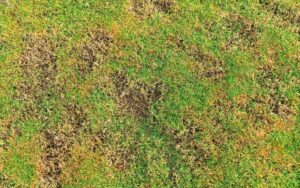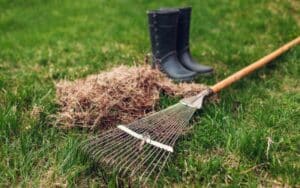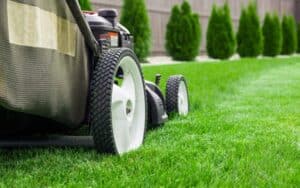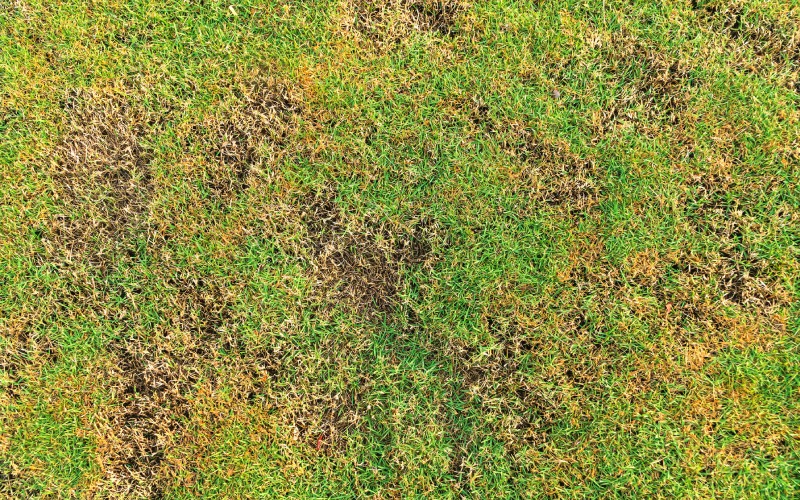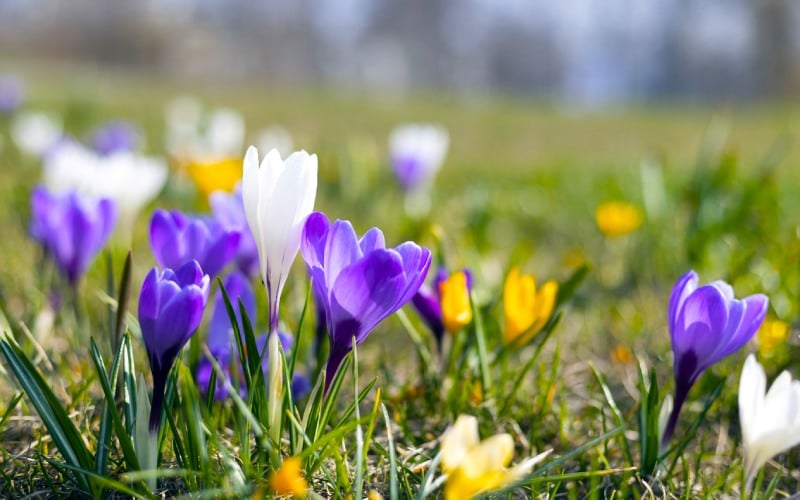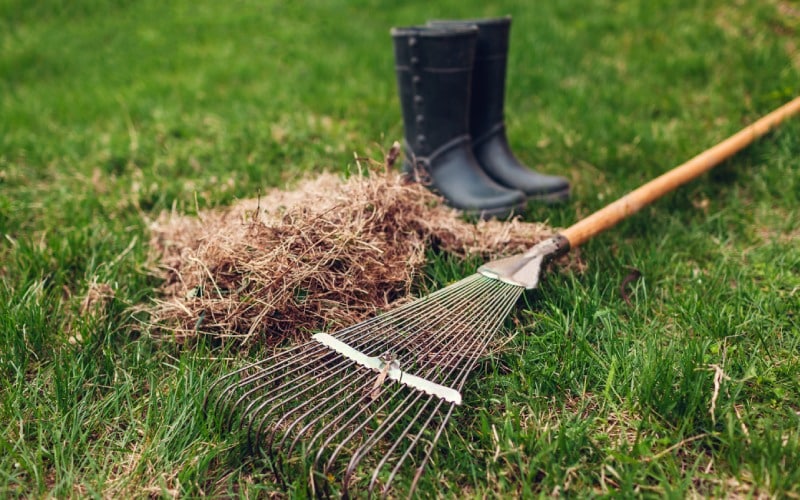Ever wondered when to kickstart your lawn care services? While it’s never too late to breathe life into an ailing lawn, timing does play a crucial role. Spring, with its warming temperatures and awakening grass, is often hailed as the best time to begin. Homeowners, especially in northern regions, can start as early as March or April, while those in warmer southern areas may need to start in February.
Understanding Lawn Care Services
The Importance of Lawn Care
Maintaining your lawn isn’t just about aesthetic appeal. Sure, a lush, green lawn is pleasing to the eye, but the benefits extend far beyond its appearance. Healthy lawns work wonders in reducing soil erosion, filtering rainwater, and providing oxygen.
Moreover, proper lawn care fosters turf growth and leads to a dense lawn. Why is this important, you ask? Denser lawns are better at preventing weeds from taking root. For instance, applying pre-emergent herbicides in early spring can help stop weed types such as crabgrass in their tracks.
Lawn care also involves certain tasks during certain seasons. In spring, it’s about cleanup and preparation: raking up debris, checking the soil and lawn condition, and repairing areas as needed. By late spring, the focus shifts to regular mowing, watering, and weed control.
Professional vs. DIY Lawn Care
Taking care of your lawn can be quite the commitment, mastering the when and what of lawn care. Therein lies the value of professional lawn care services. A professional service knows the ins and outs of landscaping, ensuring tasks are done at the right time to optimize your lawn’s health.
For instance, they know to mow high initially in spring, gradually lowering the blade height as the season progresses. They also understand that certain tasks such as aerating and dethatching are best done later in spring or early summer to avoid stimulating weed growth.
On the other hand, managing your lawn on your own might seem more cost-effective initially, but it can lead to long-term issues if not done properly. A common mistake to make in DIY mowing is cutting the grass too short, which leads to a stressed, yellowing lawn. Similarly, using a dull blade can also cause unnecessary stress to your grass.
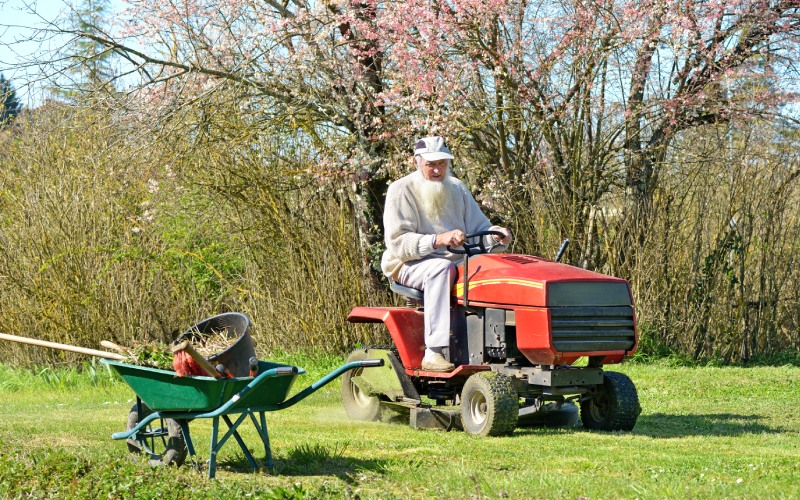
Seasonal Lawn Care Explained
Winter Lawn Care
Winter lawn care is mainly about protection and preparation. Grass is dormant during winter months, which means it’s less susceptible to damage. However, issues such as snow mold and snow plow damage can still occur. Keeping a thick and healthy lawn heading into winter can help your turf resist these problems. A late fall application of lawn winterizer helps to lay a foundation for the winter season and the following spring.
Spring Lawn Care
As the weather warms up, and the grass emerges from dormancy, spring lawn care begins. Crucial steps during this period include testing the soil, applying pre-emergent crabgrass control, fertilizing the lawn with slow-release nitrogen, and addressing post-emergent weed control. Spring seeding may be necessary for bare areas. Essentially, a robust spring lawn care regimen sets the stage for a healthy lawn throughout the rest of the year.
Summer Lawn Care
Summer involves consistent maintenance. Regular watering, mowing, and weed control dominate this season, especially as grass grows more vigorously. Protecting your lawn from the summer heat is also imperative because extreme temperatures can potentially damage your turf. To avoid that, adjust your watering and mowing practices in relation to the changes in temperature.
Fall Lawn Care
Finally, fall lawn care primarily involves preparation for the upcoming winter months. Addressing thatching issues, applying fertilizer, and performing fall seeding for bare spots are typical tasks during this period. Regular mowing continues until the first hard frost, with an optimal height of about 3 inches for cool-season grasses. Fall lawn clean-up, which includes raking leaves and removing dead plants, is also crucial in this season to prevent diseases from spreading to your lawn.
Key Factors to Consider Before Starting Lawn Care
Soil Testing and Its Relevance
A thorough soil test is crucial for developing an optimized lawn care plan. This test determines the concentrations of nutrients in your lawn, such as phosphorus, potassium, and nitrogen, and often includes a pH testing. Why is it essential? Nutrient levels translate directly into how well your lawn can sustain growth, resist diseases, and maintain robust health. Also, knowing the pH of your soil (whether it’s acidic or alkaline) helps in selecting suitable fertilizers.
For instance, the pH-value of soil often lies between 6.0 and 7.0 for optimal grass growth. If the soil’s acidity or alkalinity exceeds these values, it could hinder the absorption of vital nutrients, impacting grass health. Thus, soil testing alerts you to conditions that might need correcting and ensures the chosen lawn treatment is the most effective for your specific lawn needs.
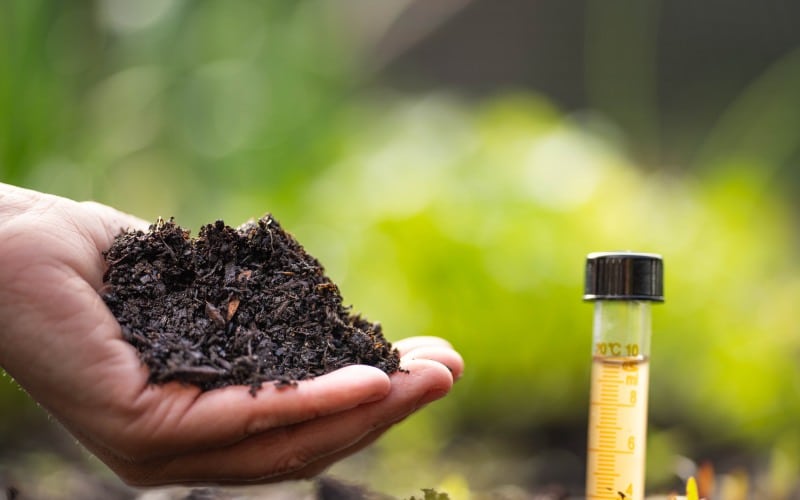
Addressing Common Lawn Issues
Before starting lawn care, identifying and understanding common lawn problems is fundamental. These issues might include bare patches, yellowing grass, or persistent weeds. Each lawn has unique issues that need tailored solutions aligned with the type and severity of the problem.
For example, for sparse or dead patches, consider reseeding or patching the area using a specialized kit. If yellowing grass is a common issue, it may signify a nitrogen deficiency or overwatering—both fixed with altering watering patterns and fertilizer applications.
On the other hand, weed infestation might indicate a requirement for pre-emergent herbicides to prevent weed germination or post-emergent herbicides to handle weeds that have already sprouted.
The Ideal Lawn Care Schedule
Monthly Lawn Care Expectations
To set realistic expectations, let’s examine what typical monthly lawn care entails. Early in the year, February begins the prep phase, especially in southern regions. This period demands clearing the turf of dead grass, leaves, and other debris that autumn and winter deposited.
March is often the month when active lawn care kicks into gear in many regions. Tasks like assessing your lawn’s condition, applying pre-emergent herbicides, and fertilizing your lawn become paramount as spring unfolds. Initial mowing also begins, with the blade set high and gradually lowered, promoting sturdy and compact grass growth.
As the season progresses into late spring, regular mowing, watering, and weed control take center stage. The gradual transition from springtime prep to ongoing maintenance happens around April to May. By then, your lawn’s needs increase with its growth activity. You should expect increasing mowing frequency and possibly irrigation if the spring rainfall isn’t sufficient.
The Best Time to Hire Lawn Care Services
Spring is the prime time to engage lawn care services as grass begins its growth spurt after winter dormancy, necessitating varied care based on your local climate. Activities typically start in March or April in cooler northern areas, and as early as February in warmer southern regions. Initial tasks include clearing winter debris once the ground is dry to avoid soil compaction. Early spring care focuses on assessing the lawn, applying pre-emergent herbicides to prevent weeds, fertilizing for vigorous growth, and gradually adjusting mowing heights. Also crucial are overseeding, neatening beds, and possibly aerating and dethatching to maintain lawn health. As the season progresses, regular mowing, watering, and weed management take precedence. Riverwood Landscape of Guelph, recognized for their excellence, offers comprehensive lawn care services to ensure your business or commercial property’s grass is healthy and lush throughout the seasons.







